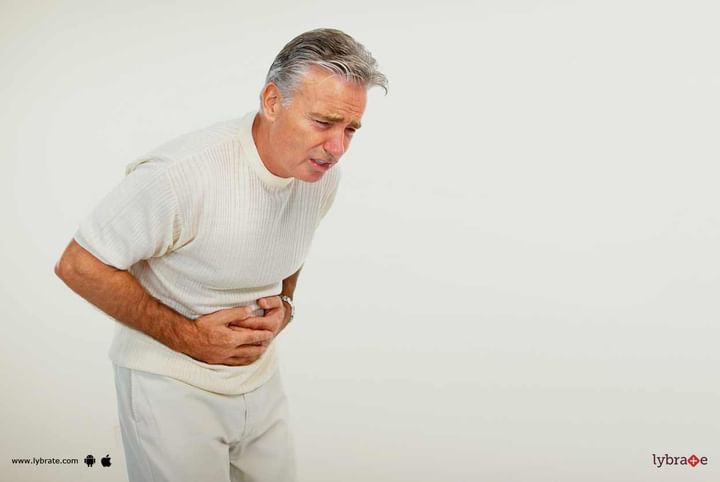Gall Stones - How To Get Rid Of Them?
Gallstones are solid deposits/stones of digestive fluids that form in the gall bladder. The size of these stones varies from person to person. While some people may develop only one stone in the bladder, others may develop multiple gallstones simultaneously.
Signs you must watch out for-
- Abdominal pain
- Pain in the back or between the shoulder blades
- Vomiting and nausea
- Heartburn
- Bloating and indigestion
- Change in bowel movement
- Dark urine
- Fever and chills
- Rapid heartbeat
- Yellowish skin and pale eyes (Jaundice)
These are the most common symptoms that a person with gallstones encounters. One should consult the doctor right away upon experiencing these symptoms. If ignored for long, these signs can aggravate and lead to further complications.
Complications that may arise from gallstones-
There are quite a few complications of gallstones, including the following-
- Cholecystitis- when gallstones become stuck at the neck of the gallbladder, it causes inflammation.
- Obstruction in the pancreatic duct- a gallstone blocking the pancreatic duct can cause pancreatitis followed by intense abdominal pain.
- Blockage in the bile duct- if the gallstones create a blockage in your bile duct, the outcome may be an infection or jaundice.
- Gallbladder cancer- people, who have a history of gallstones, are more likely to develop gallbladder cancer.
Treatment of Gallstones-
Gallstones can certainly be treated if diagnosed early in time. To confirm the diagnosis, your doctor may perform a CT scan, X-ray, Ultrasound or an ERCP. Once the condition is diagnosed, your doctor will recommend surgery to remove the stones in the gallbladder (known as Cholecystectomy). The preferred choice of surgery includes the following-
- Laparoscopic removal- In most of the cases, the doctor adopts this minimally invasive approach to remove gallstones. First, he makes a small incision in the abdomen. He will then insert a tube-like instrument with an attached camera into the gallbladder to have a clear sight of the gallstones, and surgically remove them from the gallbladder.
- Open surgery- This is performed under general anaesthesia. During this procedure, a single, long incision of roughly 3-6 inches is made on the upper side of your right abdomen. The tissues and muscles are pulled back to divulge the gallbladder. The gallstones are then removed, and the incision stitched up. Open surgery is performed when laparoscopic surgery is not suitable for the patient.
Gallstones cannot be managed with just diet and medications. Surgery is usually needed to remove the stones and cure the patient. For Laparoscopic surgery, the rate of success is nearly over 95%. Identify the symptoms before it aggravates, and consult a doctor for treatment.



+1.svg)
